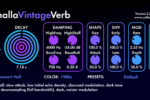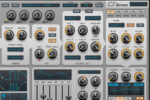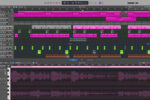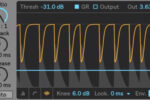Is FabFilter’s Pro-Q 3 the most popular plug-in?
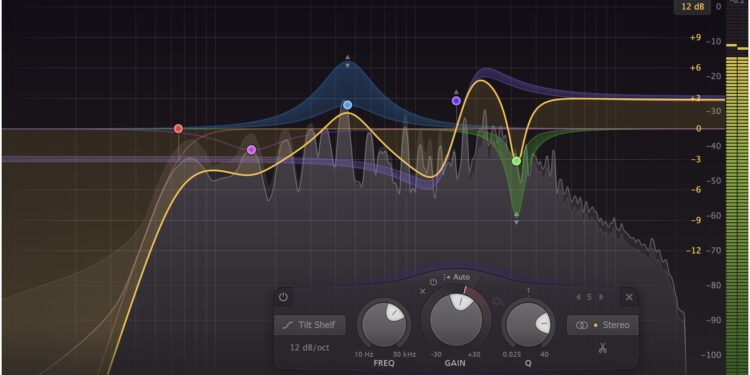
Fabfilter’s Pro-Q 3 is undoubtedly a popular EQ plugin. But is it THE most popular plugin?
Well, we went through all of the music production courses on FaderPro to find out which plug-ins most regularly cropped up. Top of the list? You guessed it – Fabfilter’s Pro-Q 3.
It’s used in Artist courses about Techno. It’s there again in tutorials about House Music. In fact, wherever you choose to look, the Pro-Q 3 is never too far away. But before we get carried away enough to suggest that automatically makes it the world’s most popular plug-in, let’s provide a little context.
What is the most essential of all effects?
These days, the folders of plug-ins available to us is pretty unlimited. A quick look at the options provided by any DAW will reveal EQs, Compressors, Reverbs, time-based effects like Delay, Chorus and Flanging rubbing shoulders with more out-there effects like pitch shifters, ring modulators and glitch machines.
But if you know your production history, you’ll know that effects were once separated into those available directly on mixing consoles on a per-channel basis and those which needed to be patched in via dedicated effects units to Insert points or Auxiliary channels on a desk instead. And of all of the effect types to be considered essential enough to be included on every single channel strip of any self-respecting console, EQ tops the list.
EQ is essential because to make any mix work, we need to be able to boost the volume of certain frequencies in some sounds whilst cutting frequencies in others to make room. So perhaps it’s no surprise that such an essential effect (which is likely to be used on every single channel of a mix) tallies above all others.
What makes the Pro-Q 3 so popular?
But why the Pro-Q 3, when so many EQ plugin alternatives are available? Including processors which have been developed by some of the biggest names in recorded music history.
Here are five reasons…
Firstly, the Pro-Q 3’s design.
Unlike many EQs, which divide the frequency spectrum into a number of bands, when the Pro-Q 3 is first instantiated, it features no bands at all. Which immediately feels liberating; you only need one band to control sibilance or roll out some low end? No problem. But equally, if you need multiple bands to tame complex material, just double-click to create bands wherever you need them and away you go. And up to 24 bands are available within each instance of the Pro-Q 3.
Secondly, each band you create can be dynamic.
This means that the strength of cut or boost increases as the volume of the target frequency changes. Let’s take sibilance as an example again; perhaps a singer’s vocal needs taming a little around 4kHz but, of course, sometimes sibilant moments are louder and other times they’re quieter. No problem, the louder they get, the harder the FabFilter Pro-Q 3 will work to tame them, saving you lots of volume automation time in the process.
Thirdly, visual monitoring
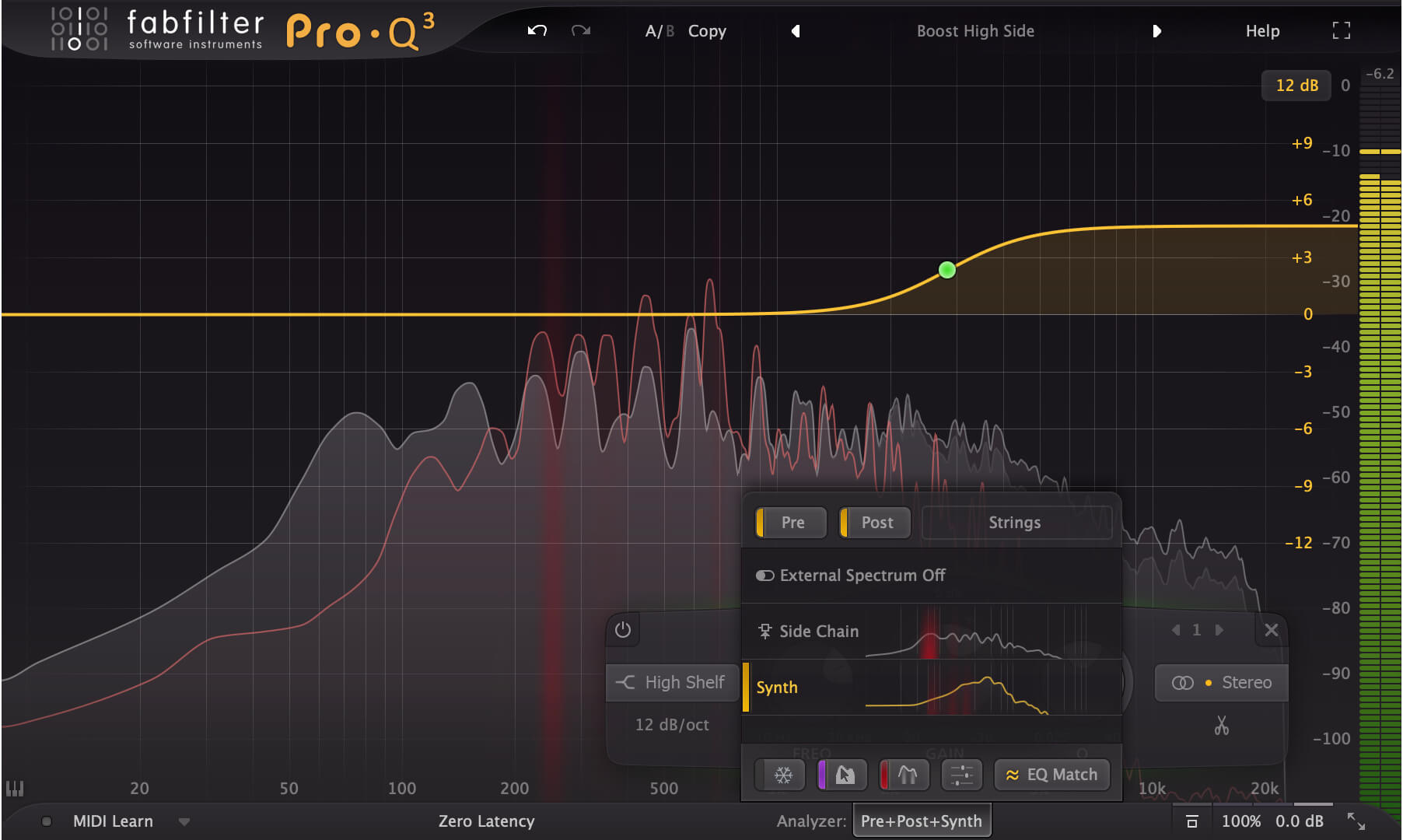
Visual monitoring lets you super-impose the EQ analysis of one track upon another. Does the clarity between your Kick and Bass tracks suffer when both sounds play at the same time? That’s likely to be due to frequency masking, where an overload of two sounds contributing in the same frequency area can seriously destabilise your mix. Overlapping frequencies show up in red within the FabFilter Pro-Q 3, helping you see what you might not easily be able to hear.
Fourthly, curves, bells, tilts, filters…
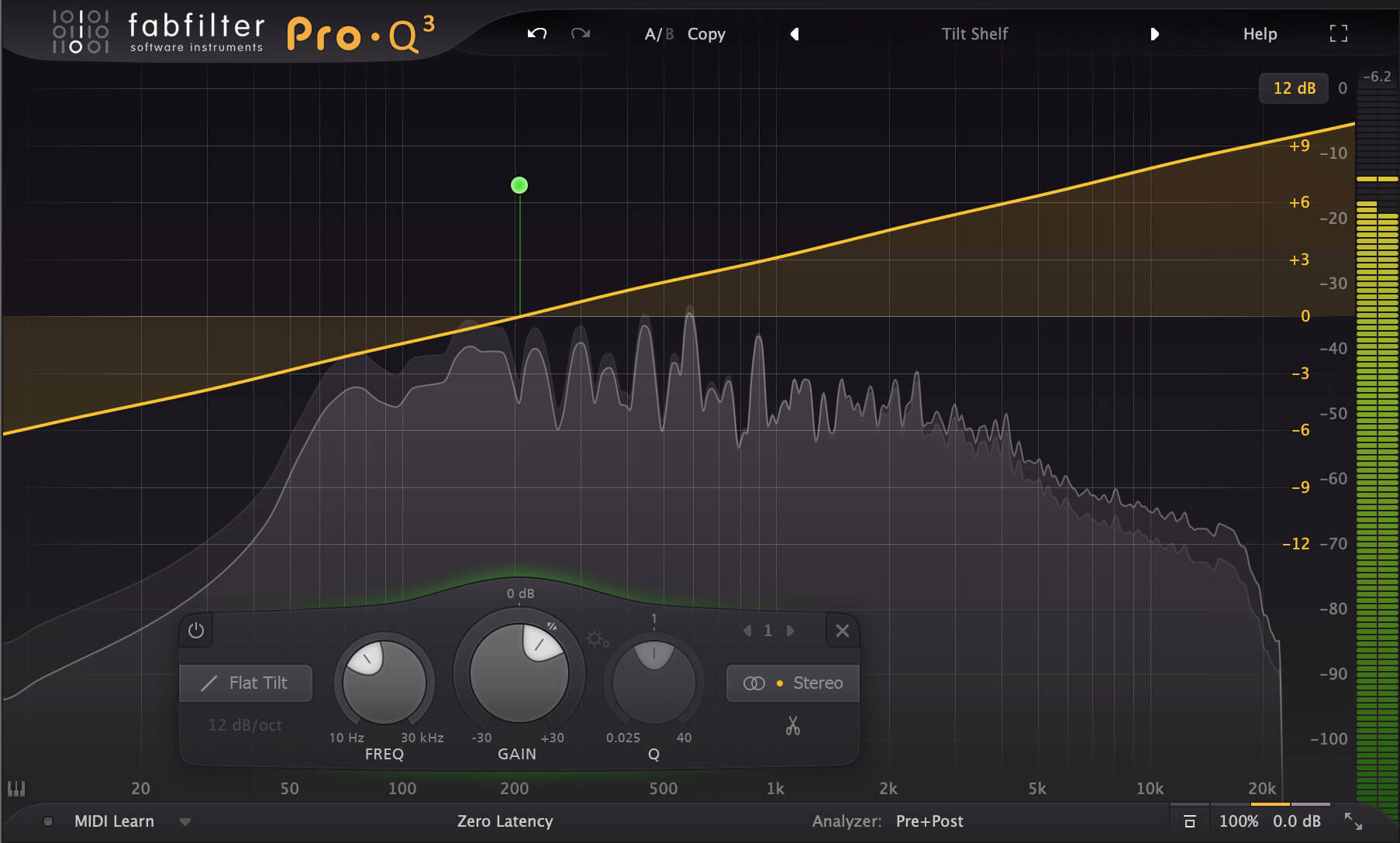
The shapes available for every band let you create any conceivable EQ solution you could imagine. No matter the source material and the context for how you want to enhance its tone, the Pro-Q 3 will let you do anything from the surgical to the subtle to the extreme.
And last, but not least
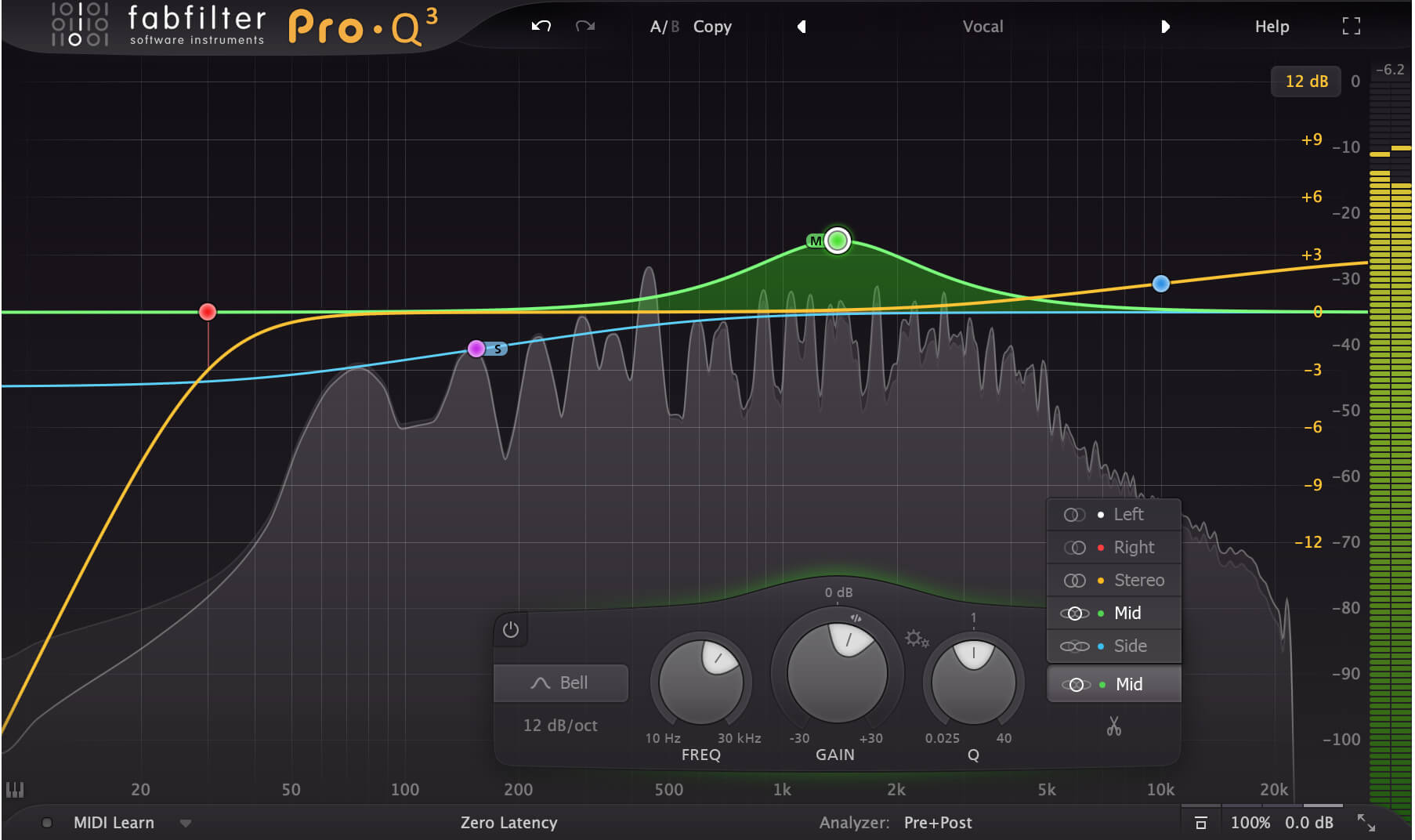
Each band you instantiate can be assigned to work across the entire stereo field, target only the left or right sides, or be deployed in mid/side mode, to affect either only the central or wide, side areas of the stereo field. In short, no matter where in the frequency range or stereo field you need to adjust tone, FabFilter’s Pro-Q 3 is ready to respond in intuitive, musical and creative ways.
Best plug-in in the world? Maybe. Just maybe.


